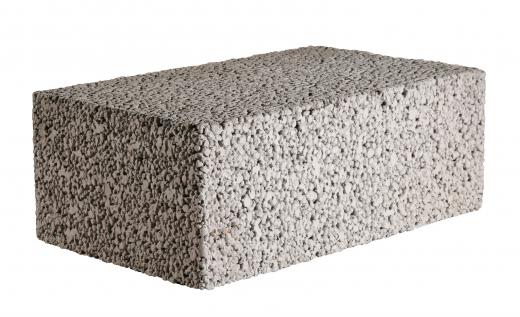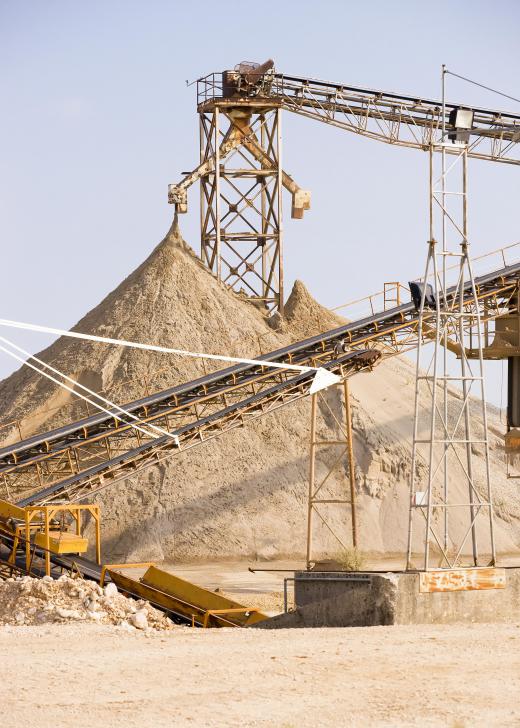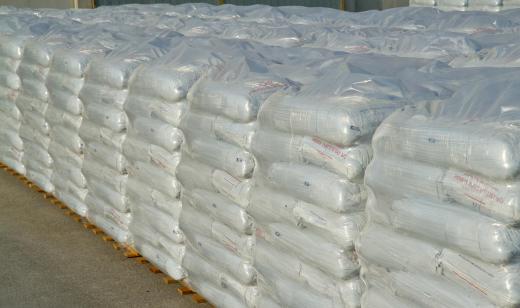Sharp sand refers to sand that has a coarse, gritty texture. This type of sand is often mixed with concrete for a number of different construction applications. Sharp sand can also be added to soil in order to create potting soil or to loosen clay soil. In most instances, this type of sand is made from ground quartz rocks.
On occasion, clay and iron may be mixed with quartz rocks in order to create a sharper type of sand. Landscapers and construction workers may use these shards as a base for laying pavement, mixing mortar, dressing lawns, and smoothing floors. Sharp sand also fills most hourglasses, since it is coarse enough to flow through the glass, but fine enough to fit through the connecting portion of an hourglass.

While sharp sand is not ideal for any kind of play area, it is perfect for most garden spaces. Sharp sand allows garden soil to drain with ease, which is not the case with fine sand. Since sand that has jagged edges will not prevent water from passing through it, this kind of sand is often the sand of choice amongst professional gardeners.
When purchasing sand for any garden space, take the time to read the ingredient label. While cheaper sand may contain salt, clay, and other particles, sand that is more expensive tends to be free of any other additives. Thus, in this case, purchasing sand that is a bit more expensive may lead to a better overall garden space.

Bags of sand that are labeled "builder's sand" are usually much softer than sand that is considered sharp. A good way to determine the difference is to gather a pile of each type of sand, and give each pile a gentle squeeze. Sand that is sharp will feel coarser than sand that is soft. Further, soft sand (builder's sand) will build a compact sand castle, while sharp sand cannot be molded into any shape.

Sand that is labeled "ballast" sand is often confused with sharper sand. However, ballast sand is not the same thing as sand that can be placed within the "sharp" category. Ballast sand contains large bits of rock that are much bigger than sharp sand particles. This type of sand is not ideal for composting, creating soil, or mixing with concrete unless the large chunks of rock are removed from the sand. To purchase sand that is truly sharp, speak with a knowledgeable home store or garden center representative.
